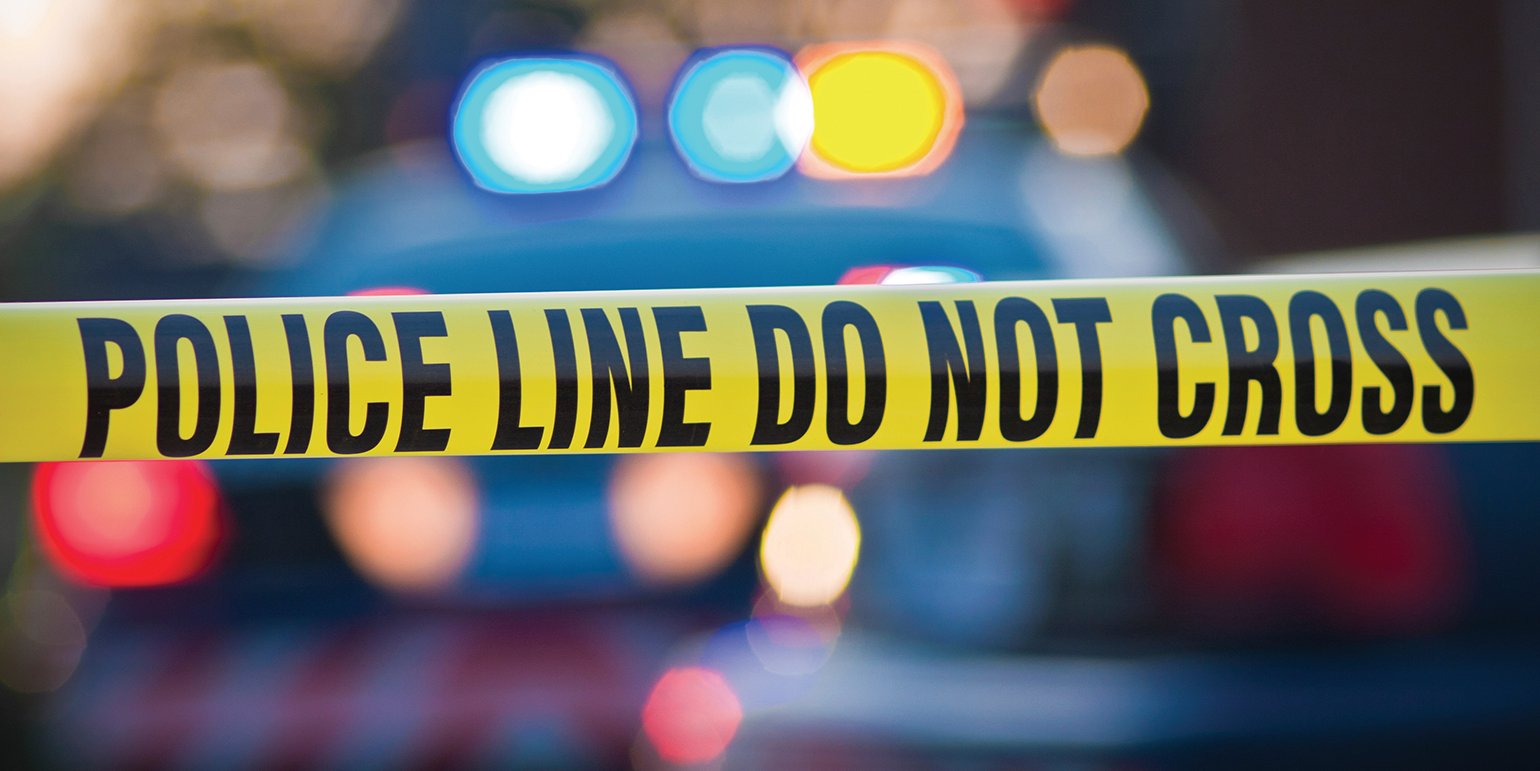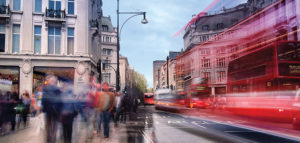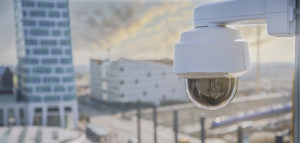7 potential issues with video surveillance in police investigations
Today’s video surveillance systems are often designed as a preventive element, a tool for real-time monitoring or automatic event assessment. But when it comes to a real crime investigation, nothing is as important as a quality recording. Captain Ing. Martin Spurný, a police forensic expert with more than 18 years of experience with the most serious cases in the Czech Republic, explains how the reality can differ from popular CSI TV shows.
If an investigator sees a surveillance camera at a crime scene, they’ll obviously want to review recording as a first step in their investigation. However, too often recordings are of low forensic quality and have recurring problems with camera installations that make their work much more difficult. Here are seven of the most common issues we see.
1. The evidence is out of the camera view
Many of the surveillance camera installations today are still done without a proper security analysis that defines exactly for what specific purpose the camera will be used and what angle of view is necessary to capture the most essential events and details.
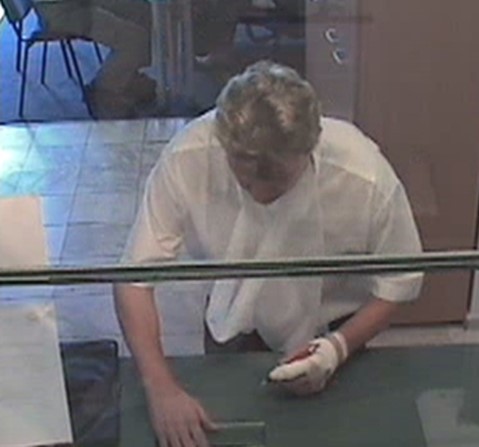
Should it only focus on a certain violation of a perimeter, or is it likely that the recording will need to provide more precise details? Investigators are often challenged with the fact that people in the monitored area are simply “not there” or are too small to determine any useful image information. A typical example of a poor camera position is sometimes seen at shops: when a robber comes to the cashier with a cap on his head, a camera looking from above cannot see important features that would assist in identification.
2. PTZ camera misses the moment
The popularity of pan, tilt, zoom (PTZ) cameras can sometimes be a hindrance from the forensic perspective. For example, the automatic “guard tour” set in the camera installed on a city street with 5-10 different PTZ positions simply doesn’t make sense when a sudden incident happens. On the contrary, when static multisensor or panoramic cameras are used, the suspect is always present in the camera view and the forensic experts can more easily prove that the footage comes from one reliable device and that the recording hasn’t been manipulated.
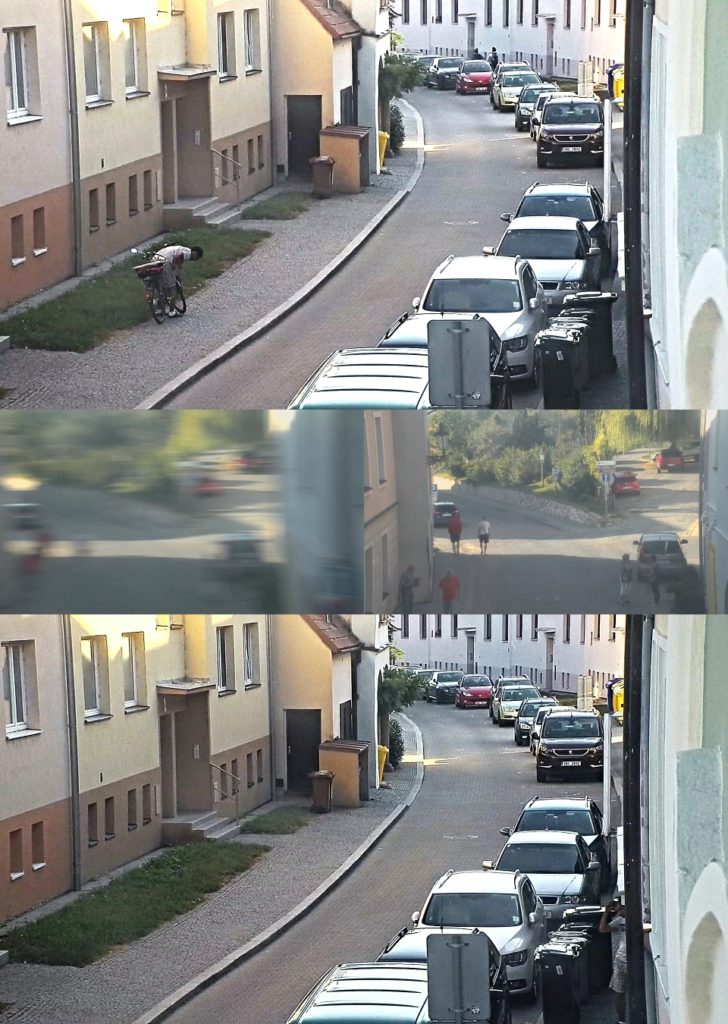
3. Poor-quality images from analog cameras
Although the ongoing shift from analog to IP cameras has brought much better video resolutions and full HD is considered as standard in new installations, police investigators will always want more detail. Naturally, higher resolution provides more detail and therefore better identification of people and objects. Unlike blurred and grainy pictures from old analog cameras, Full HD or 4K recordings give investigators the opportunity not only to see the important details, but to employ the latest AI analytic applications on high-quality video footage. This can significantly increase the chances of a successful investigation.
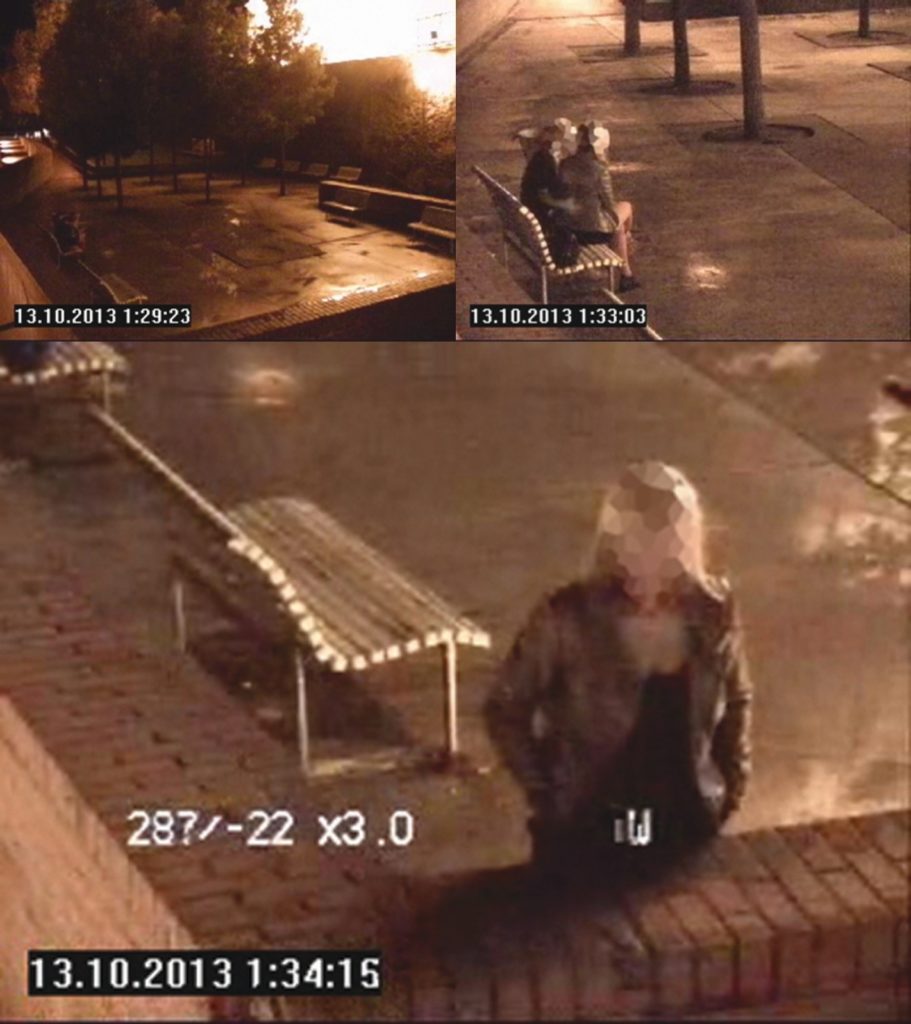
4. Losing detail between frames
Investigators often encounter recordings made by older camera systems that cannot be used due to low frame rate. Even with the latest network cameras, where frame rates can be as high as 60 frames per second (fps), the problem can occur again when the installers or users want to save bandwidth or storage and reduce the frame rate to do so. Even here it is necessary to consider what scene we are looking for. For example, a system monitoring a large public area will not require as high identification accuracy as a vehicle license plate identification system or a cash counting process. When a 4K camera is saving highly detailed video but only in 5 fps, it will be very difficult to identify a moving car in a scene. Simply put, if you want to use the recording for identification purposes, the picture frequency should never fall below 15 fps, and if you want to identify moving vehicles, the frequency should be at least 25 fps.
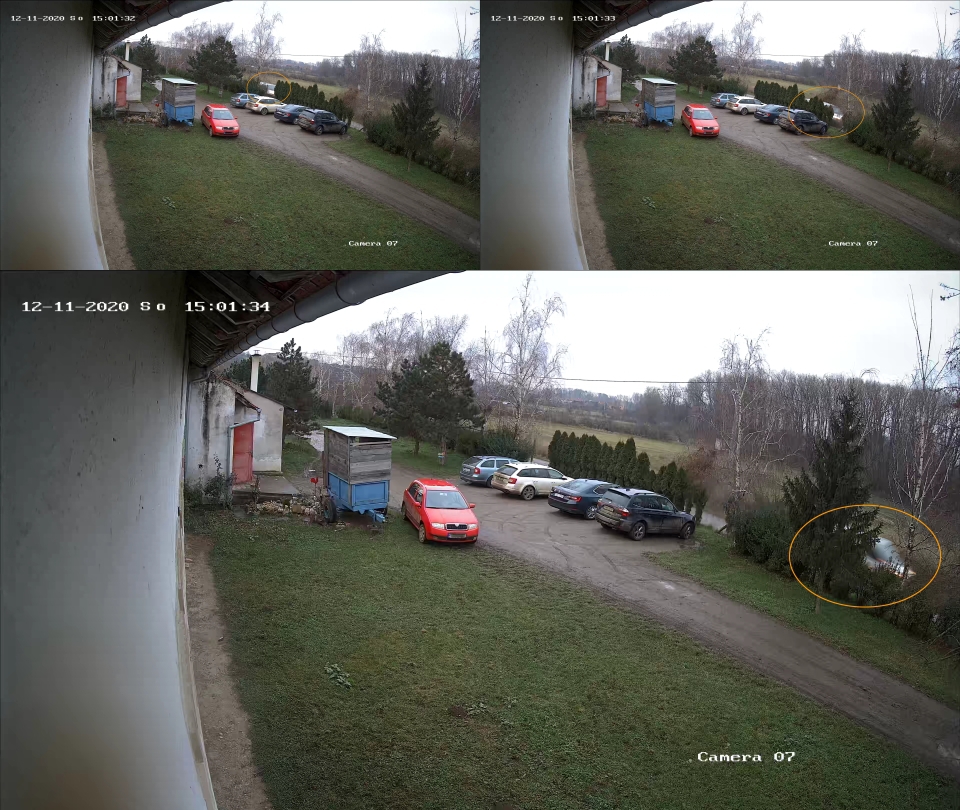
5. Black silhouettes or white ghosts
The ability to work in challenging lighting conditions is largely determined by the technological advancement of the camera. For example, Axis WDR ensures the maximum width of dynamic contrast, also suitable for forensic evidence. Nevertheless, basic principles must be observed during camera installation: if possible, strong light sources should not be placed facing the camera, with the lighting of the scene being as even as possible. When installing, make sure that external lights or time-controlled lighting do not disturb the scene. Naturally, an object can be detected only when its brightness is different from the background, so before using the camera, make sure that it can handle lighting conditions at different times of the day. IR illumination is also a special case. Here it is important to choose a suitable location of the illumination based on the distance of the monitored objects and also to consider the risk that the color spectrum may be displayed differently depending on the temperature.
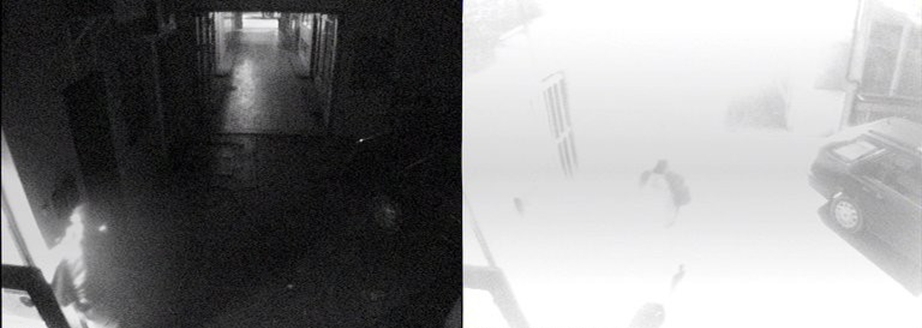
6. Did it really happen at that time?
One of the most pressing issues, frequently dealt with almost every court hearing involving any digital data, is the date and time setting. In essence, it is one of the basic means of defense – whenever there’s any, even the slightest, discrepancy, the defendant immediately points to this area, or uses it to his advantage. Therefore, unambiguous evidence is a key point not only in forensic investigations, but in the overall investigation process. Improper camera settings can make the situation much worse. For example, the camera may not be set to automatically update winter and summer time. Or, during installation, the calendar data on the camera was not synchronized with the data on the recording device. Fortunately, modern VMS solves these problems. The ideal proof of authenticity could be a dynamic watermark in the future, which would ensure the accuracy of the date and the integrity of the record.
7. Spider webs and other problems
While there are significant issues that complicate the criminologist’s work, there are also trivial problems that can play a crucial role. In systems that have insufficient maintenance, poorly focused cameras, dirty glass on the camera cover and cobwebs can all undo an investigation, and waste the quality of the camera technology, while faulty cable connections or a recording unit that lacks data storage can mean that important evidence remains uncaptured. Negligence or the intentional removal of evidence makes it critical that records need to be better protected. Hopefully greater responsibility for personal data and the obligation of more thorough records, leakage reports and records resulting from the GDPR (General Data Protection Regulation) will also lead to better care for surveillance systems and allow them to serve the purpose for which they are intended.

